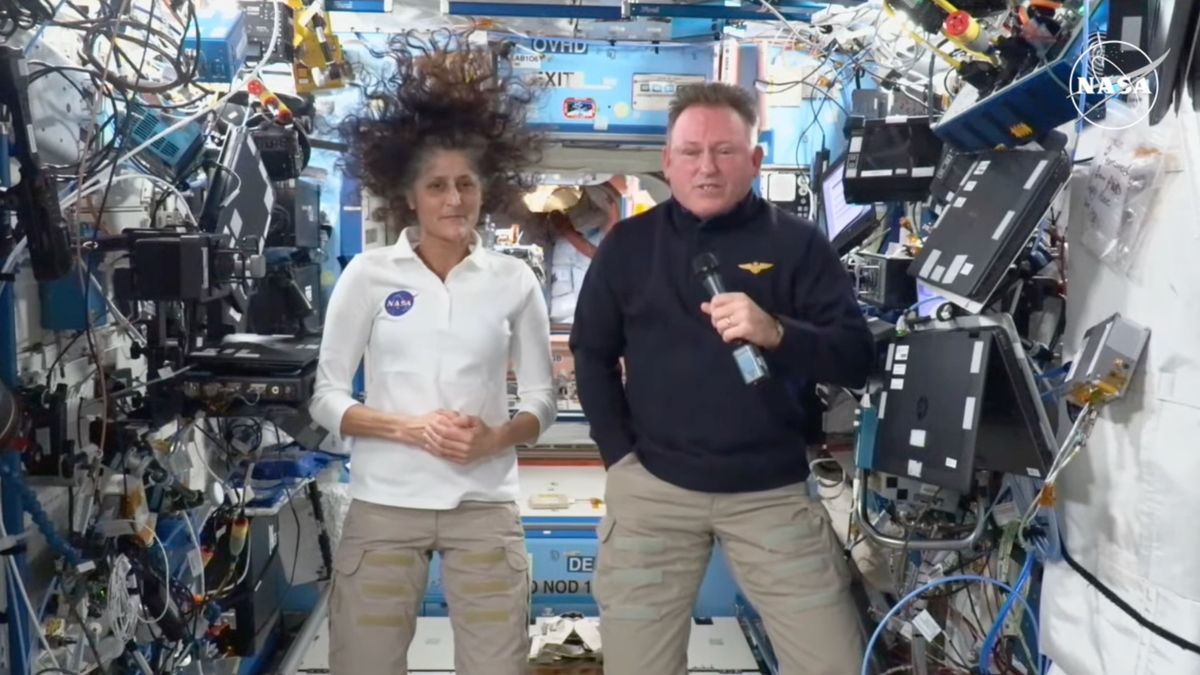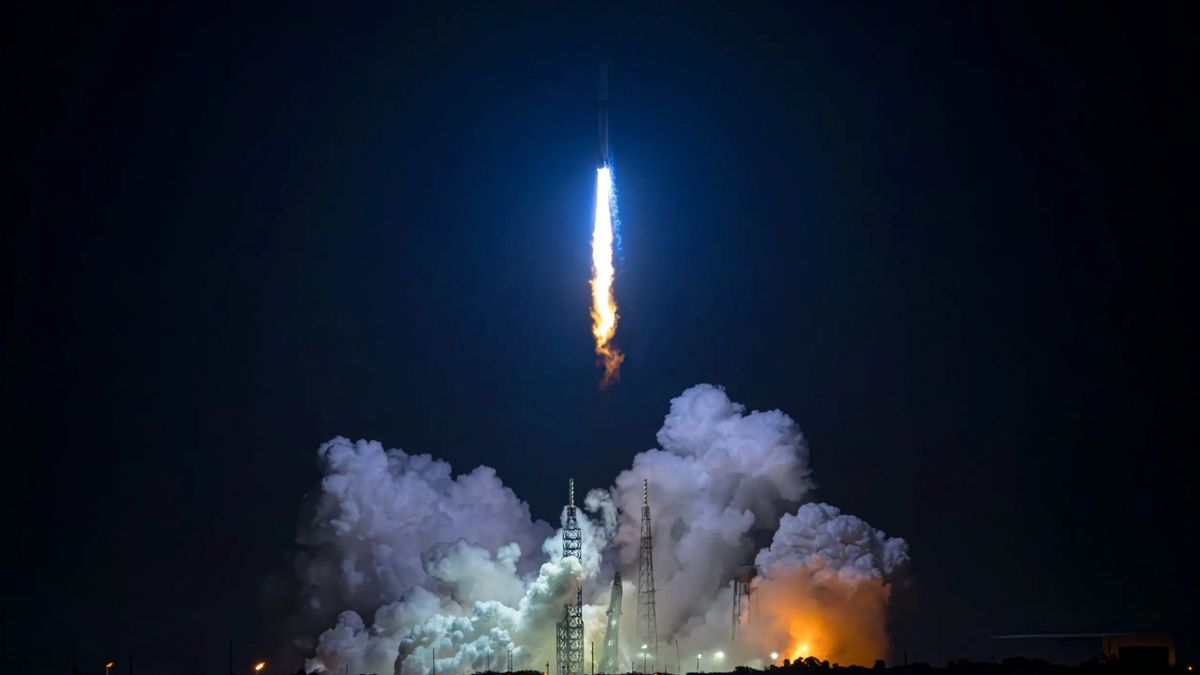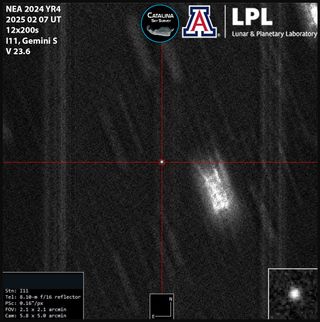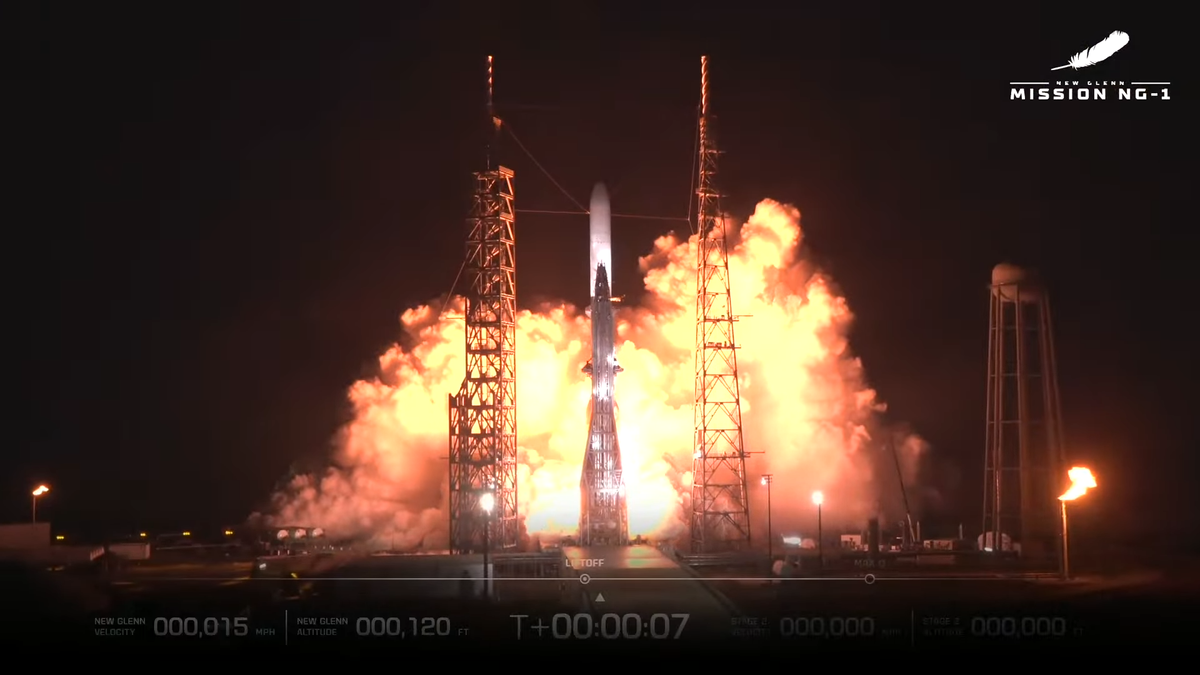Step aside, Darth Vader. National Aeronautics and Space Administration (NASA)’s Joint Extreme ultraviolet lithography (EUV) coronal Diagnostic Investigation, also known as JEDI, has an even bigger task to balance the force in space, giving researchers a brand-new view of the sun’s atmosphere. The instrument will be a state-of-the-art multi-thermal EUV imager that will include two telescopes, specific to studying the solar wind and extreme space weather events. It is planned to take flight on the European Space Agency (ESA)’s Vigil space weather mission in 2031, and will allow scientists to…
Read MoreCategory: Space Stations
Space stations in orbit or planned
Boeing Starliner astronauts on the ISS set the story straight: ‘We don’t feel stranded’
Boeing’s Starliner astronauts are in the final stretch of their unexpectedly long stint in Earth orbit — and they’re setting the record straight on all the “stranded astronauts” talk. NASA’s Suni Williams and Butch Wilmore launched to the International Space Station (ISS) last June on the first crewed test flight of Boeing’s Starliner spacecraft. The duo expected their orbital stay to last about 10 days, but Starliner experienced thruster malfunctions during its approach and docking maneuvers. This led to an extensive investigation by NASA and Boeing back on the ground,…
Read MoreJeff Bezos’ Blue Origin laying off 1,000 employees: reports
Jeff Bezos’ aerospace company, Blue Origin, is laying off about 1,000 workers, according to media reports. Blue Origin CEO Dave Limp announced the cuts in an internal email to employees, which was obtained by CNN and The New York Times, among other outlets. Blue Origin does not disclose how many people it employs, but that number is thought to be around 10,000, according to The New York Times. The new layoffs therefore represent a roughly 10% cull. “We grew and hired incredibly fast in the last few years, and with…
Read MoreWhat the asteroid with a 1-in-48 chance of hitting Earth in 2032 looks like (images)
It might not look like much in this image, but this is the asteroid that has made a major news impact in 2025. That’s because this space rock, designated asteroid 2024 YR4, has a 1-in-48 chance of impacting Earth in 2032. For obvious reasons, astronomers are desperate to learn as much as they can about 2024 YR4, estimated to be as large as 177 feet wide (54 meters wide). That’s around as wide as Cinderella’s Castle in Walt Disney World Florida is tall. The image featured here was captured on…
Read MoreSpaceX test-fires Starship megarocket and Super Heavy booster ahead of next launch (video, photos)
In preparation for its eighth Starship launch, SpaceX is finishing up preflight shakedowns for the megarocket’s first stage, or Super Heavy booster, and second stage, also known simply as “Ship.” As such, things have been busy down in Starbase, Texas, at SpaceX’s Starship manufacturing and test facilities. More specifically, the company recently completed static test fires on both vessels tapped to fly on Starship’s next integrated test flight (IFT-8). All 33 Raptor engines of SpaceX’s 233-foot (71-meter) Super Heavy booster were ignited last weekend for the vehicle’s launch simulation run.…
Read MoreSony’s latest State of Play highlights three incredible sci-fi games coming to PlayStation 5
We’re now halfway through the first trimester of 2025, which means that video game companies everywhere are rushing to show off some of the biggest releases arriving in the near future and 2026. On Feb. 12, Sony’s first State of Play stream of the year revealed several fantastic-looking titles from partners all over the world, and adventures set in outer space had a huge presence. Space-set science fiction games are finding lots of success right now. So much so that it’s becoming hard to keep track of them all, especially…
Read MoreJeff Bezos’ Blue Origin targeting late spring for 2nd launch of powerful New Glenn rocket
WASHINGTON, D.C. — The second launch of Blue Origin’s huge New Glenn rocket could be just a few months away. The 320-foot-tall (98-meter-tall) New Glenn lifted off for the first time on Jan. 16 from Florida’s Space Coast. The test flight was a success; the rocket’s upper stage successfully carried its payload, a test version of Blue Origin’s new Blue Ring spacecraft platform, to Earth orbit. A secondary objective didn’t go so well; New Glenn’s first-stage booster failed to stick its landing on a ship at sea. (This was the…
Read MoreHeart Health
4 Min Read Heart Health Jessica Meir conducts cardiac research in the space station’s Life Sciences Glovebox. Credits: NASA Science in Space: February 2025 February was first proclaimed as American Heart Month in 1964. Since then, its 28 (or 29) days have served as an opportunity to encourage people to focus on their cardiovascular health. The International Space Station serves as a platform for a variety of ongoing research on human health, including how different body systems adapt to weightlessness. This research includes assessing cardiovascular health in astronauts during and…
Read MoreTiny plasma jets on the sun drive the elusive solar wind, Europe’s Solar Orbiter reveals
Solar scientists have found tiny, short-lived jets of energy on our sun to be the primary drivers of the solar wind, marking a step toward decoding our star’s elusive behavior and, eventually, refining predictions of its storms. The “solar wind” refers to pockets of energetic particles blasted out from the sun. These particles are occasionally directed toward Earth, like last summer when a rare cluster of such storms rained on our planet and sparked breathtaking auroras across the globe — likely the strongest auroras we’ve seen in centuries. The solar…
Read MoreGamma rays create Red Hulk in Captain America: Brave New World, but how do they work in the real world?
Captain America: Brave New World opens in theaters globally on Valentine’s Day 2025, bringing with it a popular expansion to Hulk-lore, the Red Hulk. Like all Hulks across various forms of media, there is a good chance that the origins of the Red Hulk in the latest installment of the Marvel Cinematic Universe (MCU) are tied to a form of high-energy radiation called “gamma-rays.” Gamma rays originate from a variety of sources in both the Marvel Universe and the real world. Primary among non-fictional cosmic gamma-ray sources, are supernovas, neutron…
Read More







